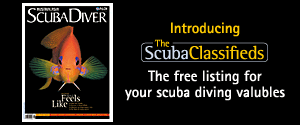- Home
- Directory
- Shop
- Underwater Cameras - Photographic Accessories
- Smartphone Housings
- Sea Scooters
- Hookah Dive Systems
- Underwater Metal Detectors
- Dive Gear
- Dive Accessories
- Diving DVD & Blu-Ray Discs
- Diving Books
- Underwater Drones
- Drones
- Subscriptions - Magazines
- Protective Cases
- Corrective Lenses
- Dive Wear
- Underwater Membership
- Assistive Technology - NDIS
- On Sale
- Underwater Gift Cards
- Underwater Art
- Power Stations
- Black Friday Sale
- Underwater Bargain Bin
- Brands
- 10bar
- AOI
- AquaTech
- AxisGo
- Backscatter Underwater Video and Photo
- BLU3
- Cayago
- Chasing
- Cinebags
- Digipower
- DJI
- Dyron
- Edge Smart Drive
- Eneloop
- Energizer
- Exotech Innovations
- Fantasea
- Fotocore
- Garmin
- Geneinno
- GoPro
- Hagul
- Hydro Sapiens
- Hydrotac
- Ikelite
- Indigo Industries
- Inon
- Insta360
- Intova
- Isotta Housings
- Jobe
- JOBY
- Kraken Sports
- LEFEET
- Mirage Dive
- Nautica Seascooters
- Nautilus Lifeline
- NautiSmart
- Nitecore
- Nokta Makro
- Oceanic
- Olympus
- OM System
- Orca Torch
- Paralenz
- PowerDive
- QYSEA
- Scubajet
- Scubalamp
- Sea & Sea
- SeaDoo Seascooter
- SeaLife
- Seavu
- Shark Shield
- Sherwood Scuba
- Spare Air
- StickTite
- Sublue
- Suunto
- SwellPro
- T-HOUSING
- Tusa
- U.N Photographics
- Venture Heat
- XTAR
- Yamaha Seascooter
- Youcan Robot
Dive, eat, sleep - Liveaboard Survey
Contributed by Scuba Diver Australasia
 A
live aboard dive holiday is the ultimate choice for the dedicated diver and
underwater photographers. However there are some important issues to consider
prior to making a reservation. Make a bad choice, a dream destination like the
Maldives can be an absolute nightmare whereas a good vessel will make a relatively
ordinary location like Tioman, Malaysia a memorable and productive experience.
Though there is truth in the cliché of you only get what you pay for,
in a competitive market, some boats strive to offer extra value, service and
overall exceed the standard of the norm.
A
live aboard dive holiday is the ultimate choice for the dedicated diver and
underwater photographers. However there are some important issues to consider
prior to making a reservation. Make a bad choice, a dream destination like the
Maldives can be an absolute nightmare whereas a good vessel will make a relatively
ordinary location like Tioman, Malaysia a memorable and productive experience.
Though there is truth in the cliché of you only get what you pay for,
in a competitive market, some boats strive to offer extra value, service and
overall exceed the standard of the norm.
Why Choose a Liveaboard?
First thing that comes to mind – ease of Access. Access to faraway sites and flexibility of early morning, evening and night dives. Generally a live-aboard trip offers better quality diving, and is more productive for underwater photographers. When choosing a live aboard, it is a good idea to seek the recommendation of other like-minded divers that you trust and who have similar standards and interests as yourself. However standards and quality do vary with time; boats age, crews change and the ability of the owners to maintain the standard and quality of the boat.
Important Considerations and Important Questions to ask.
These are areas where there are variations from boat to boat and the answers can make all the difference to making an average trip good, a good trip great and a bad trip a nightmare.
-
 How
old is the boat and is it a purpose built dive boat? Dive boats age very quickly
and an older boat may be prone to mechanical problems or be literally falling
apart – a fire hazard or a rust bucket. Generally a purpose built dive
vessel is always better than one that has been converted from a cruise or
fishing boat – it may or may not be particularly suitable as a dive
platform; lack adequate storage etc. Ask when it was last in dry dock and
refitted. Beware if it is more than three years ago.
How
old is the boat and is it a purpose built dive boat? Dive boats age very quickly
and an older boat may be prone to mechanical problems or be literally falling
apart – a fire hazard or a rust bucket. Generally a purpose built dive
vessel is always better than one that has been converted from a cruise or
fishing boat – it may or may not be particularly suitable as a dive
platform; lack adequate storage etc. Ask when it was last in dry dock and
refitted. Beware if it is more than three years ago. - Type of cabins; those with twin share and private facilities are the most desirable though the more economical vessels mostly offer dormitory style share cabins with share facilities. A typical live-aboard generally caters for between 8 up to 30 divers. I prefer the smaller boats that take no more than 16 divers; don’t forget, you are not only sharing space on the boat, but underwater as well.
- Some boats advertise air conditioning but only supply it in the saloon, not in the cabins while others may have it in the cabins but turn it off at night because they will not run the generator overnight. In a small boat in a hot climate, air conditioning in the cabin can make or break your holiday. As most cabins are on or below the water line, the portholes will be permanently shut thus air conditioning is the only effective way to cool your sleeping environment. Ask specific questions about the air-conditioning.
- Whilst water conservation is important, the basic luxury of a rinse after a dive, a good shower at the end of the day, and fresh water for the camera bucket replenished daily is the bare essentials. Generally I will only opt for boats fitted with a desalinator.
- Ask the number of crew and the guest ratio? Where are they from? Are they permanent, casual or work holiday. The latter is the most undesirable. This is the single most critical issue in making your trip a success. In my opinion, I will opt for a medium class boat with a superb crew than a luxury boat with a medium class crew. Few considerations are the nationality of the crew and do they speak English? You must be able to communicate clearly with them. How long have the crew been together? How long has the captain been on the boat and skippering in the area? A knowledgeable and friendly captain is essential. How many dive guides are there and what are their qualifications – most importantly ask how long have they been on the boat and guiding in that area?
- Ask for a typical itinerary – this gives you an understanding of the number of dives and diving locations in the cruise. Will the boat cruise overnight – this is important as it means that the day is spend diving instead of sailing.
Checklist of Minimum Standards
 3
- 5 dives a day
3
- 5 dives a day- 3 full meals a day
- Unlimited free hot drinks, and soft drinks including fresh water for drinking
- Full diving service
- Compressed air – with main and back-up compressor
- Supply of cylinders and weights
- Inflatable/RIB boat cover
- Bed linen supplied and changed regularly at least twice on a 7 day trip
- Cabins cleaned daily
 Personal
kit station on the diving deck for the holiday
Personal
kit station on the diving deck for the holiday- Fresh water available for kit rinsing
- Charging facilities for torches, etc
- A dedicated camera table and rinse water
- A qualified dive-master team. There should be 2 - 3 divemasters on the boat depending on the size of the group.
- Safety standard - Life raft/jackets sufficient for the all guest and crew
- A full specification of safety and navigation equipment for the boat i.e. radar, GPS, VHF radio
- Oxygen kit
This article was originally published in Scubadiver Australasia
Shopfront
-
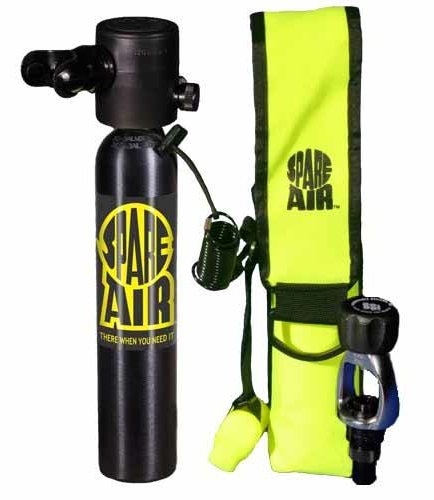 Submersible Systems Spare Air Pack - Model 300 - 3cuf
Submersible Systems Spare Air Pack - Model 300 - 3cuf
- Price A$ 549.00
-
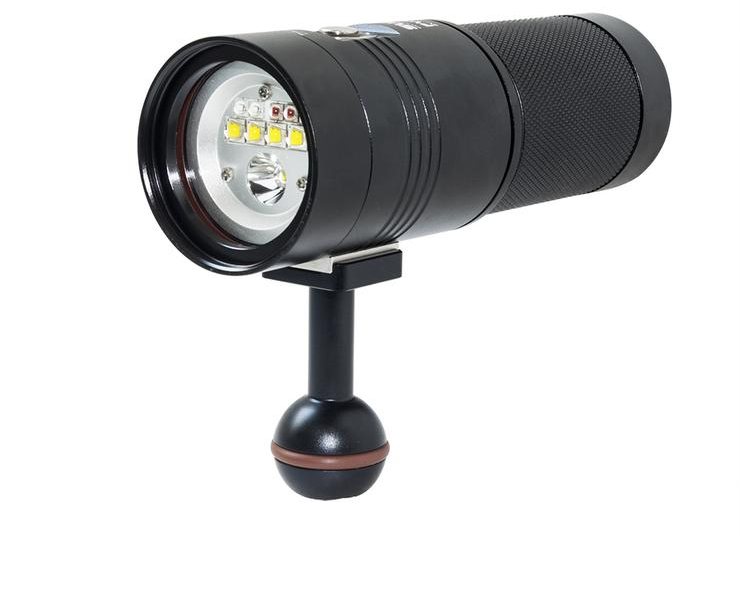 Scubalamp PV32T LED Photo/Video Light - 3,000 lumens
Scubalamp PV32T LED Photo/Video Light - 3,000 lumens
- Price A$ 349.00
-
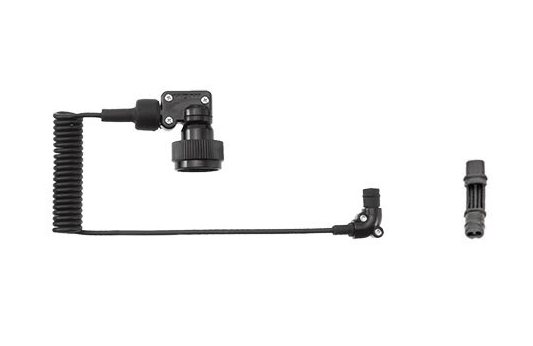 Inon Optical D Cable SS Type L Rubber Bush Set 2
Inon Optical D Cable SS Type L Rubber Bush Set 2
- Price A$ 129.00
-
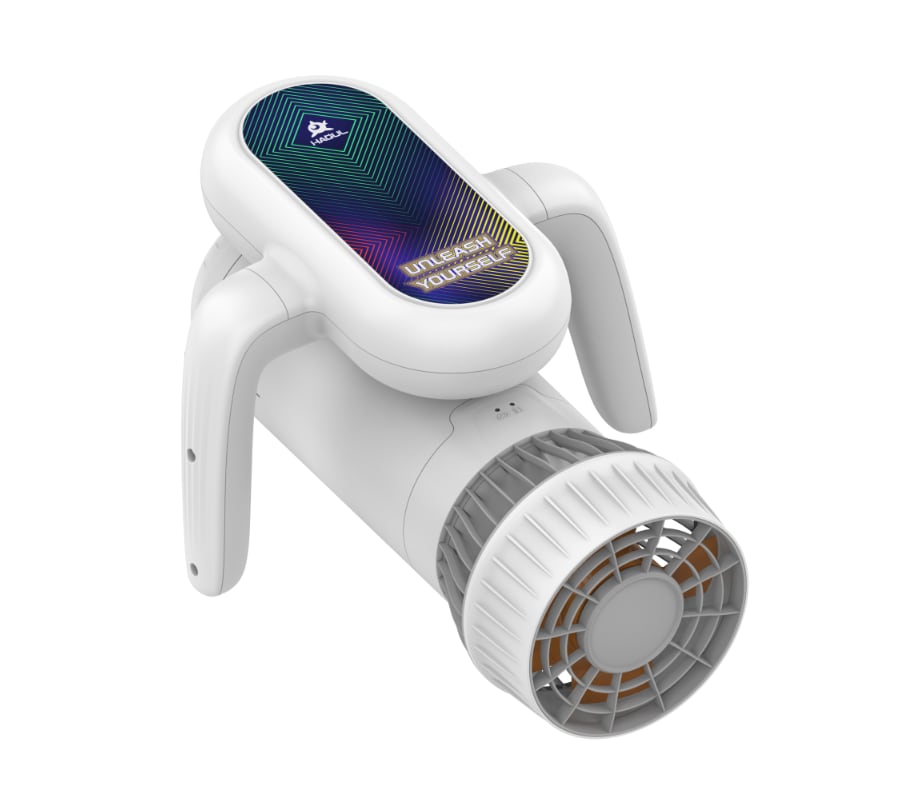 Hagul EZ Underwater Scooter - by Sublue
Hagul EZ Underwater Scooter - by Sublue
- Price A$ 599.00
-
 Sublue Navbow - Underwater Scooter
Sublue Navbow - Underwater Scooter
- Price A$ 1,999.00
-
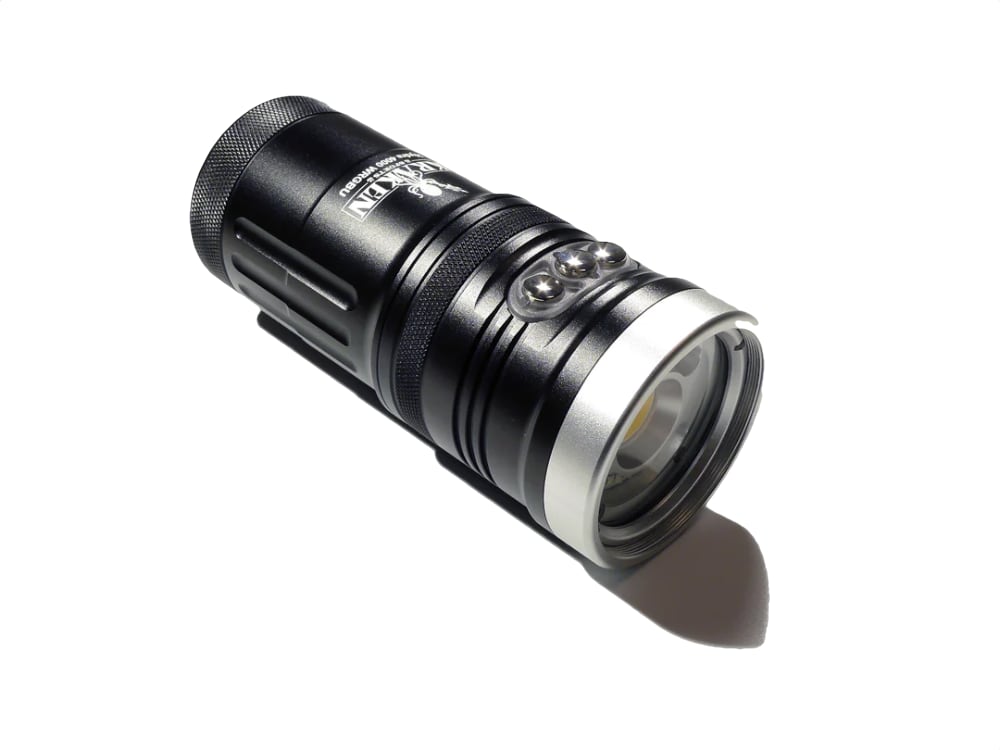 Kraken Hydra 4000 WRGBU
Kraken Hydra 4000 WRGBU
- Price A$ 739.00
In the Directory

 AquaTech Australia
AquaTech Australia
Since 1998 AquaTech has been at the forefront of the design and manufacture of professional photographic accessories.
 Seabob Sales
Seabob Sales
Official dealer of SEABOB Luxury Seatoys by CAYAGO. Addictive fun on and underwater. Dive in and discover. Made in Germany.


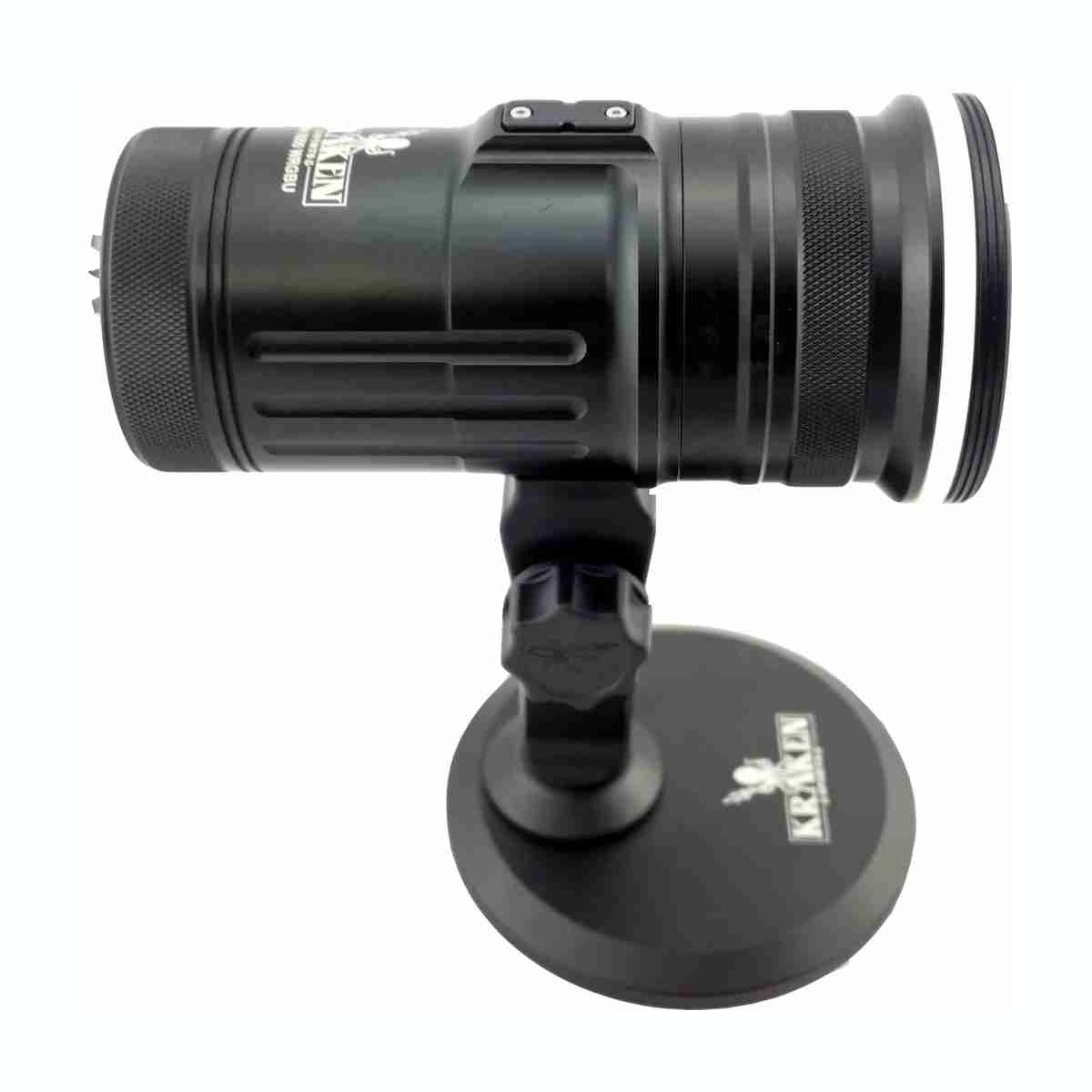

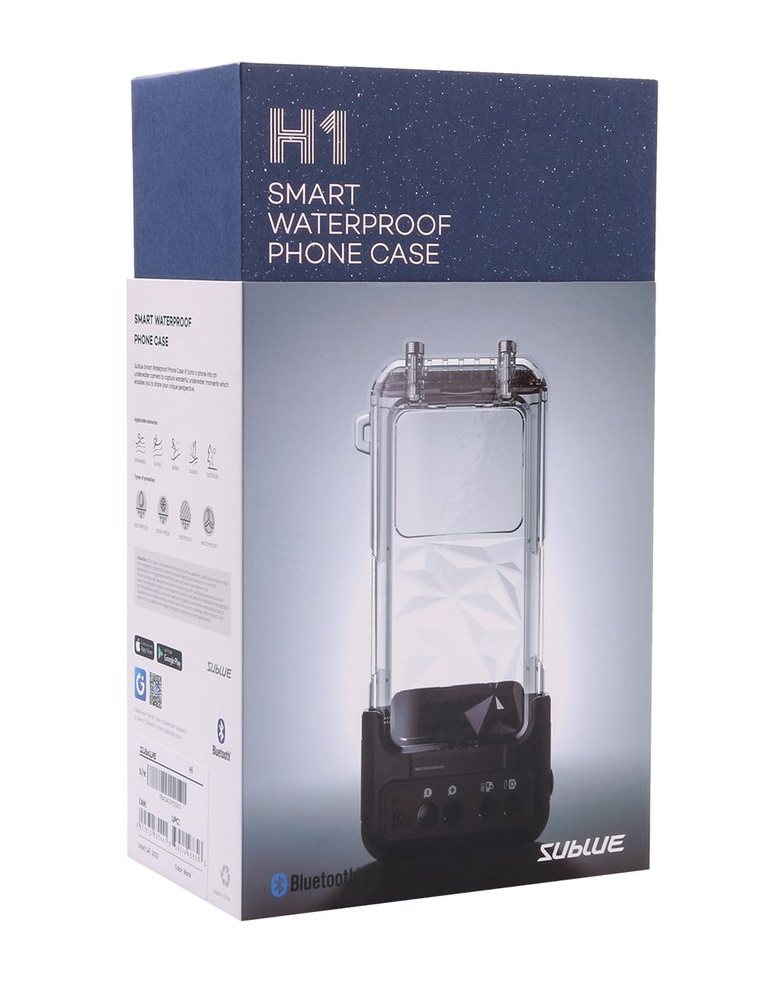
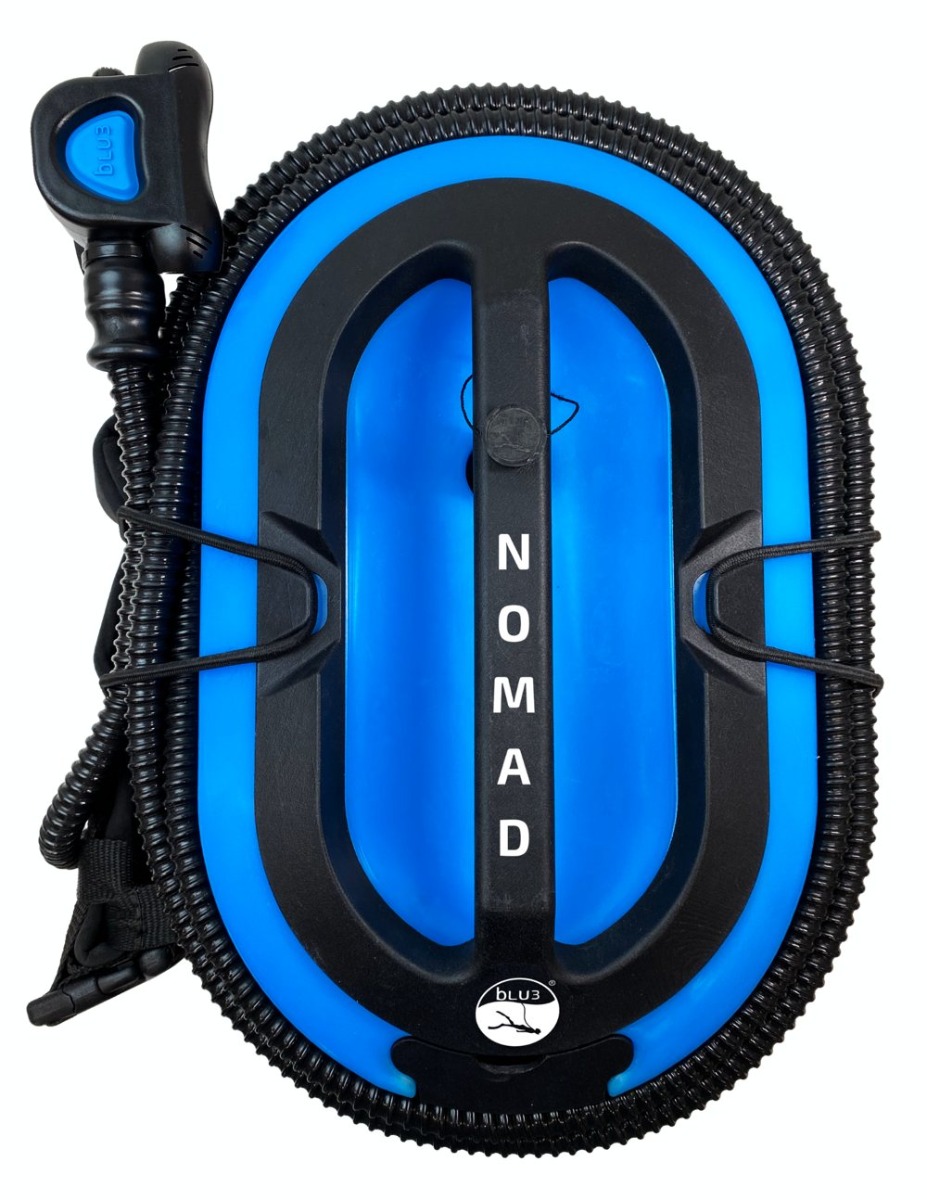
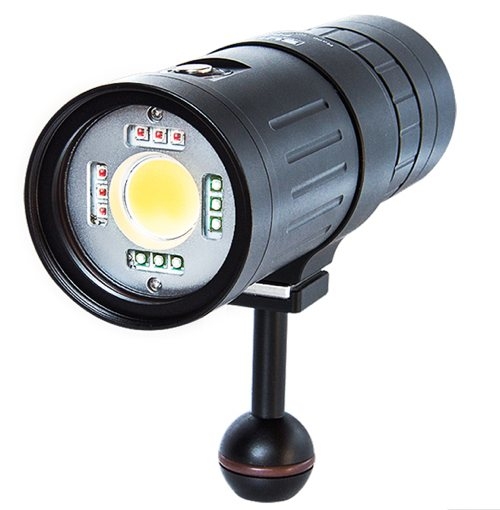
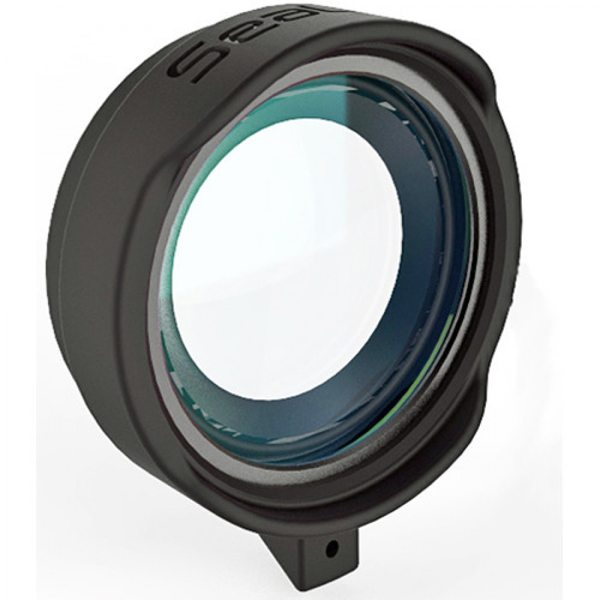
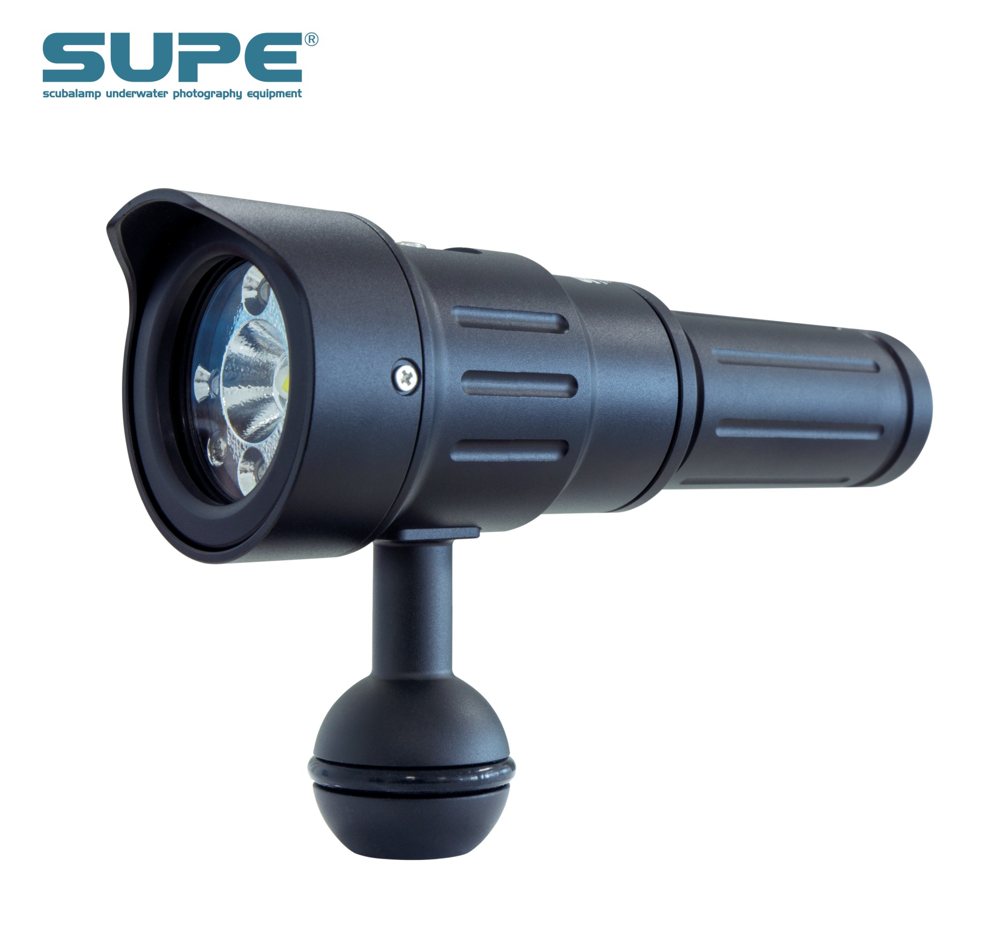




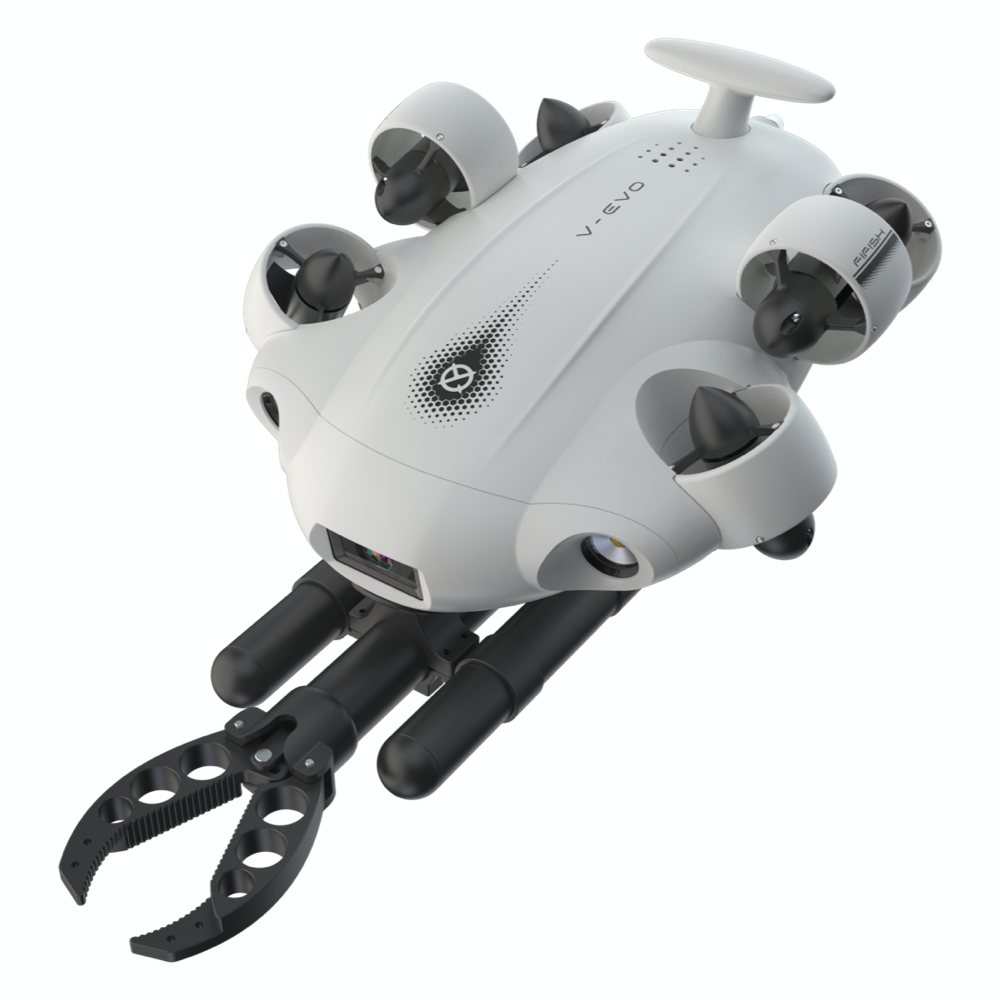 QYSEA Fifish V-EVO - Underwater Drone Kit 4K - 60fps - optional grabber arm
QYSEA Fifish V-EVO - Underwater Drone Kit 4K - 60fps - optional grabber arm  Garmin Descent Mk3i Watch Dive Computer - 43 mm, titanium with silicone band
Garmin Descent Mk3i Watch Dive Computer - 43 mm, titanium with silicone band 


